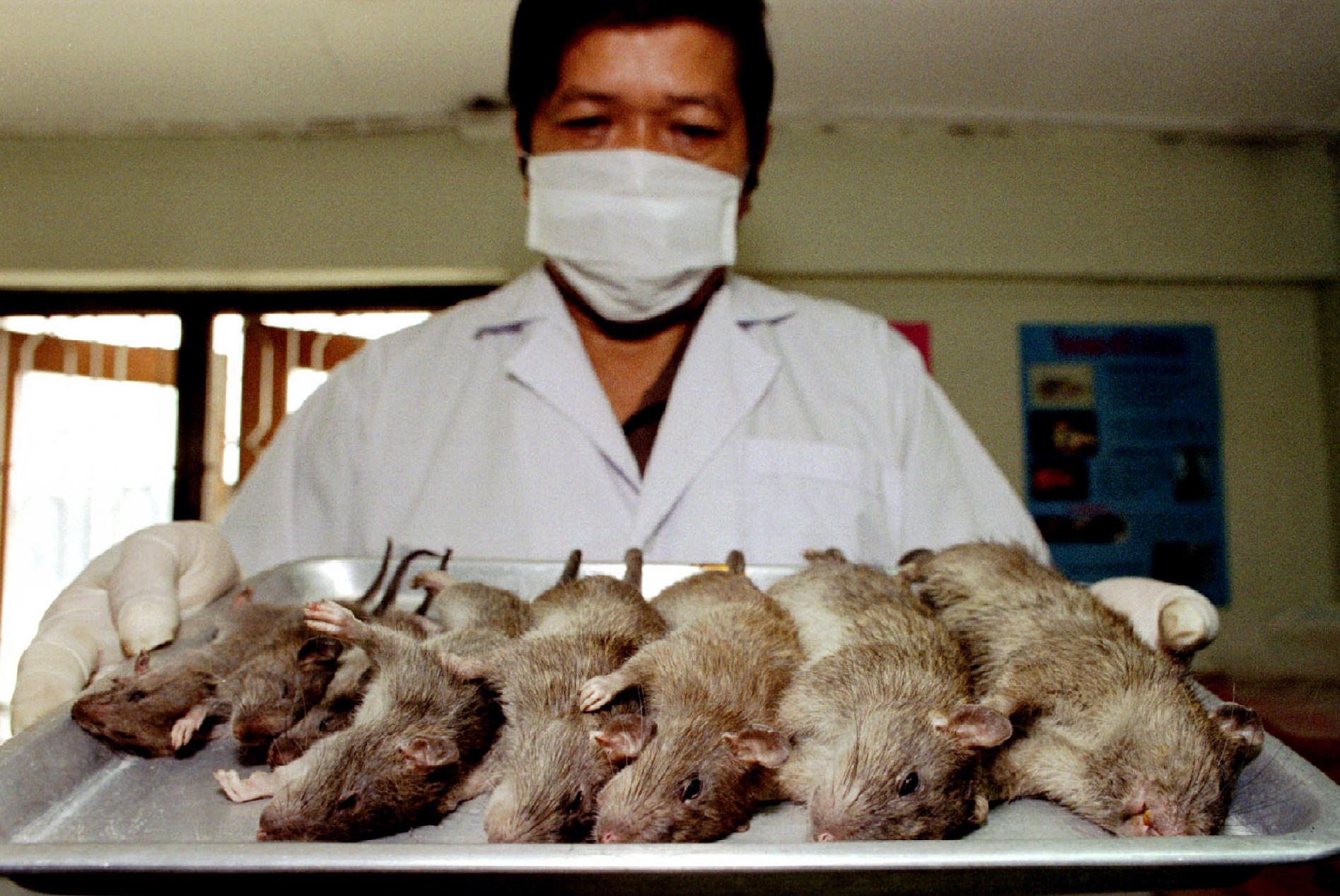Historical Outbreaks
/cdn.vox-cdn.com/uploads/chorus_image/image/47118262/shutterstock_237231865.0.0.jpg)
Cases of bubonic plague in the us – The bubonic plague has had a devastating impact on the United States throughout history, causing several major outbreaks that have left a lasting legacy on the nation’s health and society.
The cases of bubonic plague in the US have raised concerns among health officials, but the situation is not as dire as the recent Uruguay vs Brazil match, which saw a heated rivalry and a thrilling victory for Uruguay. Despite the excitement of the match, the bubonic plague remains a serious threat, and precautions should be taken to prevent its spread.
The first recorded outbreak of bubonic plague in the United States occurred in San Francisco, California, in 1900. The outbreak was traced to a ship carrying infected rats from Hong Kong, and it quickly spread throughout the city, causing widespread panic and over 100 deaths.
The cases of bubonic plague in the US are a reminder of the fragility of our health. It’s a disease that can strike at any time, and it’s important to be prepared. Just like the rivalry between Uruguay and Brazil , the fight against bubonic plague is one that requires vigilance and determination.
We must never let our guard down, and we must always be ready to take action to protect ourselves and our loved ones.
Outbreaks in Major Cities
- San Francisco, 1900: The first major outbreak in the US, traced to infected rats from Hong Kong, leading to over 100 deaths.
- New Orleans, 1914: The deadliest outbreak in US history, causing over 2,000 deaths, largely due to poor sanitation and lack of medical infrastructure.
- Los Angeles, 1924: A significant outbreak, with over 100 cases and 30 deaths, prompting extensive quarantine and rat eradication efforts.
Factors Contributing to Outbreaks
Several factors contributed to the occurrence and spread of bubonic plague outbreaks in the United States:
- International trade: The arrival of infected ships from Asia and Europe introduced the plague into the US.
- Poor sanitation: Inadequate waste disposal and unsanitary living conditions provided a breeding ground for rats and fleas.
- Lack of medical infrastructure: Limited access to healthcare and medical knowledge hindered early detection and treatment.
Clinical Manifestations and Treatment

Bubonic plague, a bacterial infection caused by Yersinia pestis, primarily affects the lymph nodes. The disease is characterized by a sudden onset of fever, chills, and headache, followed by the development of one or more swollen, tender lymph nodes (buboes).
Clinical Symptoms and Signs, Cases of bubonic plague in the us
The clinical manifestations of bubonic plague can vary depending on the severity of the infection. The most common symptom is fever, which can reach up to 40°C (104°F). Other symptoms may include chills, headache, muscle aches, nausea, and vomiting. In some cases, patients may also experience confusion or delirium.
The hallmark of bubonic plague is the development of buboes, which are swollen, tender lymph nodes that can range in size from a pea to a golf ball. Buboes are most commonly found in the groin, armpits, or neck, but they can also occur in other parts of the body.
Diagnostic Criteria and Differential Diagnoses
The diagnosis of bubonic plague is based on clinical symptoms and signs, as well as laboratory testing. Blood tests can be used to detect antibodies against Yersinia pestis, and a biopsy of a bubo can be used to confirm the diagnosis.
The differential diagnosis of bubonic plague includes other conditions that can cause fever and swollen lymph nodes, such as tularemia, cat scratch disease, and streptococcal pharyngitis.
Standard Treatment Protocols
The standard treatment for bubonic plague is antibiotics, such as streptomycin, gentamicin, or doxycycline. Treatment should be started as soon as possible to prevent the infection from spreading to other parts of the body.
In addition to antibiotics, patients with bubonic plague may also require supportive care, such as pain relievers, fluids, and rest.
Prevention and Control: Cases Of Bubonic Plague In The Us

To prevent the spread of bubonic plague, several preventive measures can be implemented. These include vector control, rodent surveillance, and personal protective equipment (PPE).
Vector control aims to reduce the population of fleas that transmit the plague. This can be achieved through the use of insecticides, flea traps, and rodent-proofing of buildings.
Rodent Surveillance
Rodent surveillance is crucial for detecting and preventing outbreaks of bubonic plague. Regular monitoring of rodent populations allows for early detection of plague cases, enabling prompt implementation of control measures.
Personal Protective Equipment (PPE)
Personal protective equipment (PPE) is essential for individuals at risk of exposure to bubonic plague. This includes gloves, masks, and protective clothing. Proper use of PPE can significantly reduce the risk of infection.
Vaccines
Currently, there are two vaccines available for bubonic plague: the live attenuated vaccine and the killed vaccine. The live attenuated vaccine is more effective but has a higher risk of side effects. The killed vaccine is less effective but has a lower risk of side effects.
